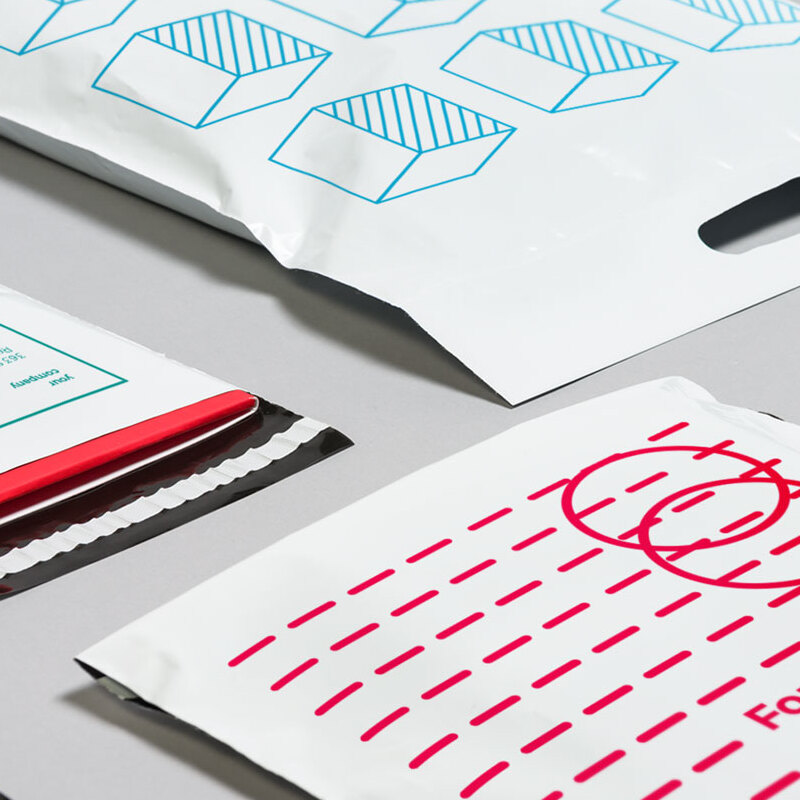The Journey of Bread Bags A Practical Convenience with Environmental Implications
Bread bags, often seen as mere carriers for our favorite loaves, play a significant role in our daily lives and the broader conversation around sustainability. These seemingly simple plastic or paper bags serve an essential function; they keep bread fresh, protect it from pests, and make transportation easier. However, the material and methods of production raise important questions about their environmental impact.
Plastic bread bags, commonly made from polyethylene, offer durability and moisture resistance, prolonging the shelf life of bread. These benefits align perfectly with modern convenience, as consumers expect products to stay fresh longer. Nevertheless, the convenience comes at a cost. The production and disposal of plastic bags contribute to the growing problem of plastic pollution. Millions of tons of plastic waste enter landfills and oceans every year, and bread bags, often used once and discarded, are no exception.
On the other hand, paper bread bags present a more environmentally friendly alternative. Made from renewable resources, they are biodegradable and can decompose naturally. However, the ecological footprint of paper production, which includes deforestation and energy consumption, raises concerns. Furthermore, paper bags may not offer the same level of freshness preservation as their plastic counterparts, leading to potential food waste.
bread bags

In response to the growing environmental awareness, many bakeries and consumers are exploring sustainable alternatives. Reusable bread bags made from cloth, jute, or other eco-friendly materials are gaining popularity. These bags not only reduce the dependence on single-use plastics but also promote a culture of sustainability. By investing in reusable options, consumers can play a crucial role in minimizing waste and advocating for greener practices within the food industry.
Additionally, some companies are innovating by creating biodegradable plastic bags, which break down more quickly than traditional options. These advancements signify a potential shift in how we approach bread packaging, balancing convenience with environmental responsibility.
In conclusion, while bread bags play a vital role in our daily consumption of one of the world’s oldest staples, it's essential to consider their environmental implications. By choosing sustainable options and supporting innovative solutions, we can enjoy our bread while also protecting our planet for future generations. The journey of bread bags is not just about convenience; it’s about making conscious choices that contribute to a healthier environment.



